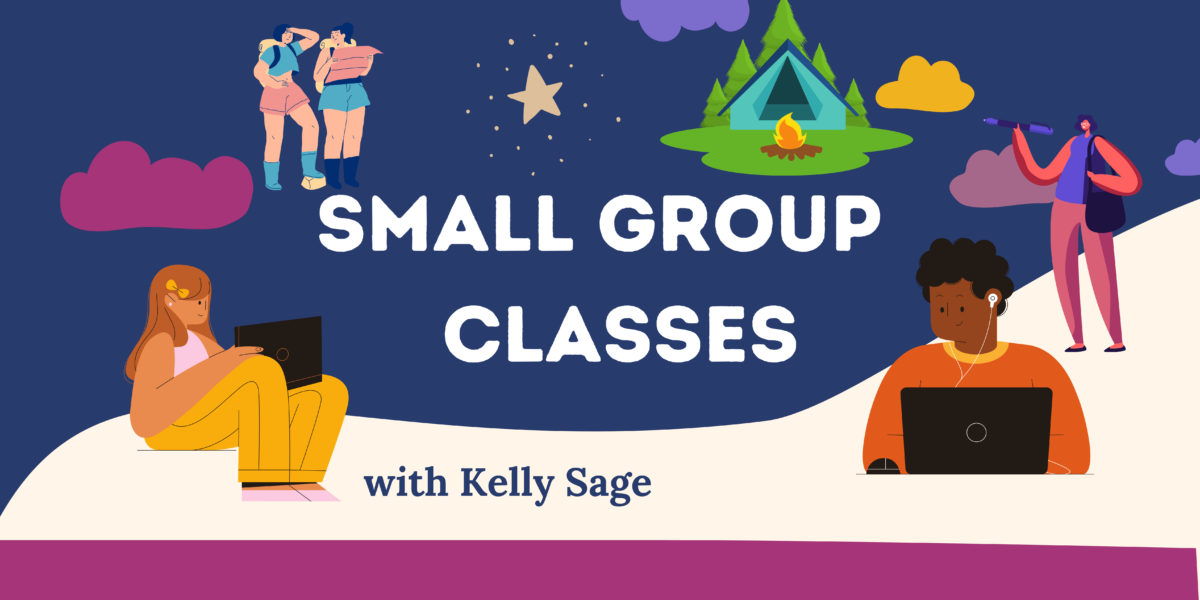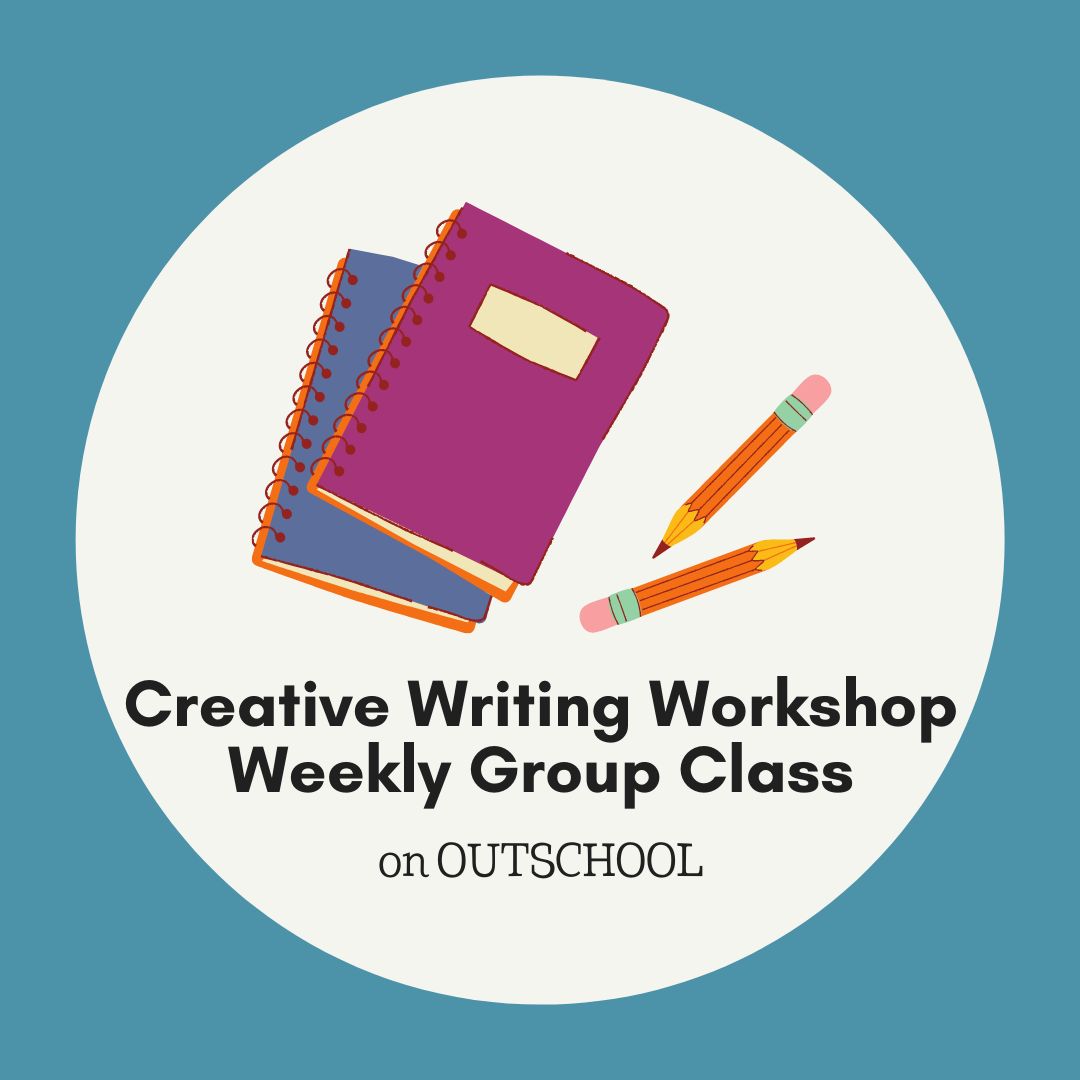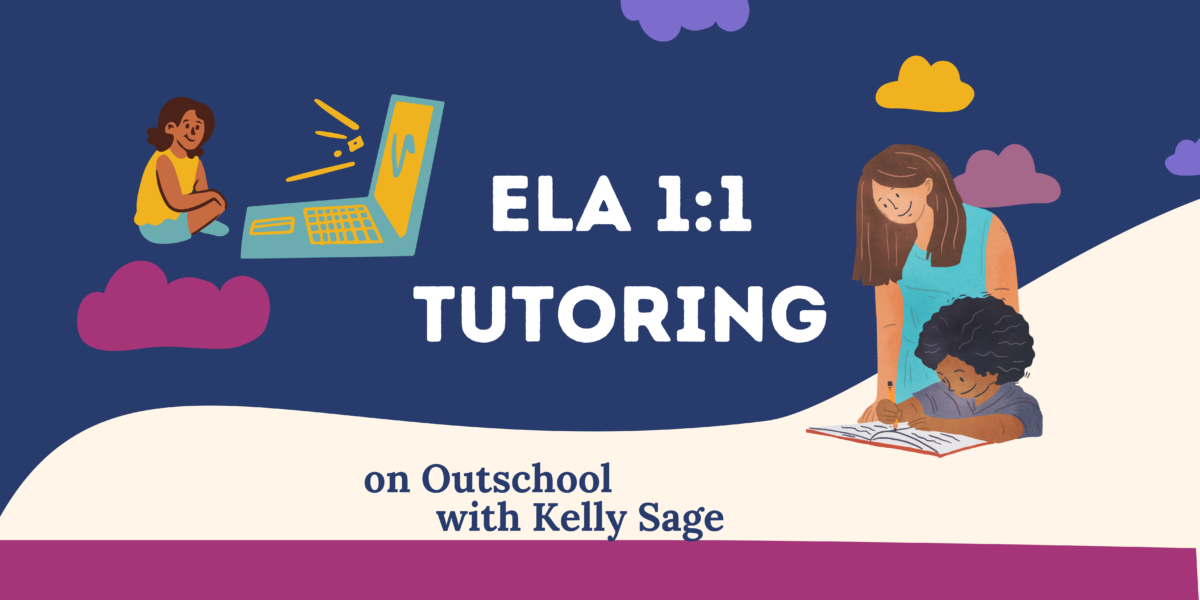Disclosure- Links in this post may be affiliate links. If you click through and make a purchase, I earn a commission at no additional cost to you. Unless noted, if I am reviewing a product, I have been compensated for my time. I write honest reviews. They are not required to be positive. I only recommend the resources we love and use.

Spread out on the floor, large pieces of paper and markers between them, my students traced each other and turned their silhouettes into Greek gods. Perfecting the look of the chiton and peplos, they also combed the Odyssey’s text for clues.
Who were these gods, goddesses, monsters, and tragic heroes? What did they look like?
What symbols represented the characters?
What setting held their stories?
Not only did my students dig deep into characterization, but they might have told you they enjoyed it.
Fast forward a few years. After finishing up another book on Greek Mythology, I mentioned this project to my children.

Once again, large pieces of paper were on the floor; I watched children play with characterization. They thought about how Poseidon might stand, what Athena would hold, what each character would wear, and what objects or symbols best represented them.
We did some research, recalled what we’d learned in the different books and movies we recently experienced and spent a good part of the day immersed in our character’s body biography.
My eleven-year-old worked on his god for hours, and he proudly hung the giant sea god in his room. My daughter’s Medusa head was an important part of her Athena biography. Drawing snake hair is pretty fun.


A body biography is a project a child or teen can create for any character in any story. It invites students to find and recall clues about who a character is. Add a little research or more books and movies, and watch their findings come together life-sized.
Want to give it a try?
How to Create a Body Biography ~
A Body Biography is a life-sized representation of a fictional or nonfictional character. Use it as a post-reading activity or group project, or create one just for fun.
Materials:
• Long, wide paper (taping two pieces together works fine)
• Pencil, eraser, markers, crayons (work well for big areas)
• Someone to trace
• Books or websites to gather facts
• Graphic Organizer-subscribe to my newsletter, and you’ll have access to this free printable
Directions:
- Choose a character.
- Using the graphic organizer, brainstorm about the characters- what symbols represent them, what could they be holding or wearing, and what expression might be on their face.
- Do a little research, if needed, to learn more about your character.
- Lay down a piece of paper a little longer than the person who will be traced. Tape two pieces together, if necessary, so the paper is wide enough.
- Have the person being traced lie down (shoes get the paper really dirty, so be careful) and decide how you want to position their body.
- Trace your partner in pencil. Have them sit up and trace their thighs and mid-section. Once traced, you’ll probably need to fix a few parts of the body.
- Now, begin to create your character!
Add- objects, symbols, words, other characters, a setting, colors, clothes, weapons- anything that helps make the character come to life.
*Note- these are a little addicting. Be sure to have lots of paper on hand!
My Resource Library has a free printable version of this activity. Not a subscriber? No worries. At the end of this post, subscribe to my newsletter, and you’ll have access to this activity AND every free printable I create.
If you’re interested in teaching a unit study on The Odyssey, I’ve put my favorite activities together. Filled with pre-, during, and post-activities, links, and resources, this unit has everything you need to help your children or students engage and learn.


























Pingback: Choosing a Homeschool Curriculum for 4th, 5th, and 6th Graders
Pingback: A Third Grade Interest-Led Curriculum - Curiosity Encouraged
Pingback: Greek Mythology- Books and Movies Your Kids Will Love -
Pingback: Family Activities at Home: Boredom Busters, Educational Projects, and Fun for All Ages - Humility and Doxology
Pingback: Choosing a Homeschool Curriculum- Early Elementary -
Pingback: Simple & Fun | Things to Do With Kids When You're Home All Day -